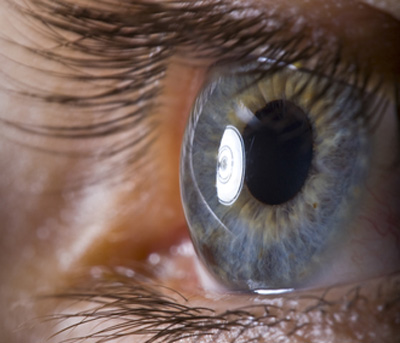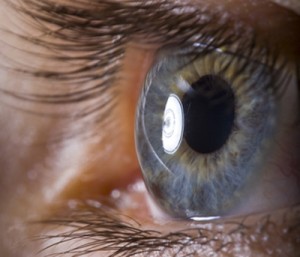Positive results for Shire’s lifitegrast in dry eye disease
Posted: 27 October 2015 |
A Phase 3 trial of lifitegrast met its primary endpoint of significantly improving patient-reported symptoms of dry eye disease from baseline to day 84…


Shire has announced positive topline results from OPUS-3, a Phase 3 efficacy and safety study of lifitegrast versus placebo in patients with dry eye disease.


Lifitegrast binds to the integrin lymphocyte function-associated antigen-1 (LFA-1), a cell surface protein found on leukocytes and blocks the interaction of LFA-1 with its cognate ligand intercellular adhesion molecule-1 (ICAM-1). ICAM-1 is over-expressed in corneal and conjunctival tissues in dry eye disease.
The data announced by Shire showed OPUS-3 met the primary endpoint of significantly improving patient-reported symptoms of dry eye disease from baseline to day 84. Additionally, OPUS-3 met the secondary endpoints of symptom improvement from baseline to days 14 and 42. Shire plans to use these data as part of the resubmission of the New Drug Application (NDA) for lifitegrast for the treatment of signs and symptoms for dry eye disease in the first quarter of 2016.
“The results from OPUS-3, where lifitegrast demonstrated symptom improvement as early as two weeks, provide compelling efficacy data that contribute to the totality of evidence from the lifitegrast clinical development programme, now the largest for an investigational stage compound in dry eye disease with more than 2,500 patients,” said Philip J. Vickers, Ph.D., Head of Research & Development, Shire. “We believe the data from OPUS-3 will satisfy the FDA’s request for an additional clinical study. We welcome the opportunity to share these positive data with the regulatory authorities.”
Flemming Ornskov, M.D., CEO, Shire added, “If approved by the FDA, this keeps us on track for a potential U.S. launch next year. We also are planning to use these data, in conjunction with the existing comprehensive clinical data set, for regulatory filings for lifitegrast in other markets outside of the US.”
Symptom improvement seen as early as two weeks ‘impressive’
Symptoms of dry eye disease typically include eye dryness, overall eye discomfort, stinging, burning, a gritty feeling, and may include episodes of blurred vision. This multifactorial disease of the tears and ocular surface is associated with inflammation that may eventually lead to damage to the surface of the eye. Dry eye may be exacerbated by issues such as reduced blink rate caused by computer use and environmental factors such as low humidity, wind, and sunlight.
“Symptoms of dry eye disease are an enormously common problem – it’s the No. 1 reason patients visit my office,” said Edward Holland, M.D., OPUS-3 Principal Investigator and Professor of Ophthalmology, University of Cincinnati and Director, Cornea Service, Cincinnati Eye Institute. “With OPUS-3, Shire has done something that has never been done before in a Phase 3 clinical programme in terms of demonstrating replicative symptom improvement. The symptom improvement seen as early as two weeks also is impressive. OPUS-3 was an extremely well-run, highly powered clinical trial and the patient enrollment size for the entire lifitegrast clinical programme has been rarely seen for ocular surface conditions. I’m excited about these positive data for lifitegrast and the potential for a new treatment option for patients for dry eye disease.”




